Jul. 19, 2024
We’re Still Cleaning Up the Trump Administration’s Environmental Messes
Earthjustice successfully blocked much damage, and we’ve seen progress toward repair under the Biden administration.
But we will never recover some of what was lost.
No organization filed more lawsuits on behalf of clients to protect the environment during the Trump administration than Earthjustice. Many of those lawsuits have only recently wrapped up. Some continue to this day, just months from a national election that will determine environmental policy for years to come.
In many cases, we were able to block or undo the Trump administration’s most damaging environmental policies. Yet there are some Trump-era losses we cannot recover, such as the human lives lost to pollution, the habitats destroyed by industrial exploitation, and the missed opportunities to make progress in fighting the climate crisis.
We exist to be a tireless advocate for the environment, sticking with fights for the long term, and standing firm on our values regardless of the tides of politics and parties. What follows is a progress report on that promise.
3 Years
to fix
Methane Pollution
Methane is the second-largest contributor to the climate crisis. Cutting methane pollution from the oil and gas industry is the fastest way to slow climate change.
Harm under the Trump administration
The Trump administration gutted Obama-era methane pollution standards for the oil and gas industry that would have had major climate and health benefits.
What Earthjustice did: Sued the Trump administration for rolling back methane standards. In 2020, a court invalidated one of those rollbacks and reinstated the Obama-era rule.
What happened under the Biden administration
The Biden administration restored methane standards for the oil and gas industry.
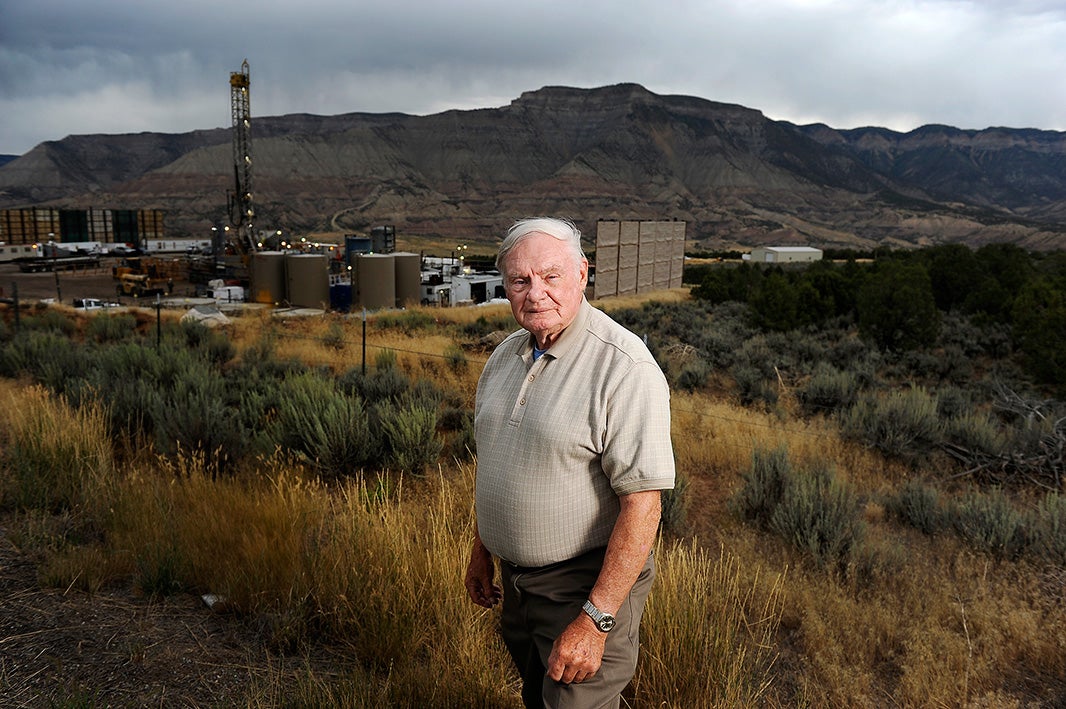
3+ Years
to fix
Clean Cars
Transportation is the largest source of climate pollution in the United States. Air pollution from vehicles cause thousands of premature deaths and billions in health care costs every year.
Harm under the Trump administration
The Trump administration gutted Obama-era clean car and fuel economy standards and revoked California’s waiver to set stronger standards.
What Earthjustice did: Earthjustice and our partners sued the Trump administration for rolling back clean car standards and successfully defended California’s waiver in court.
What happened under the Biden administration
In 2021, the Biden EPA restored and strengthened emissions and fuel economy standards for new cars and light trucks through the model year 2026. And in 2024, EPA strengthened standards for model years 2027 through 2032. We are now asking the agency to allow states to adopt strong standards that move us towards zero-emissions big rigs, trains, ferries, and cars.
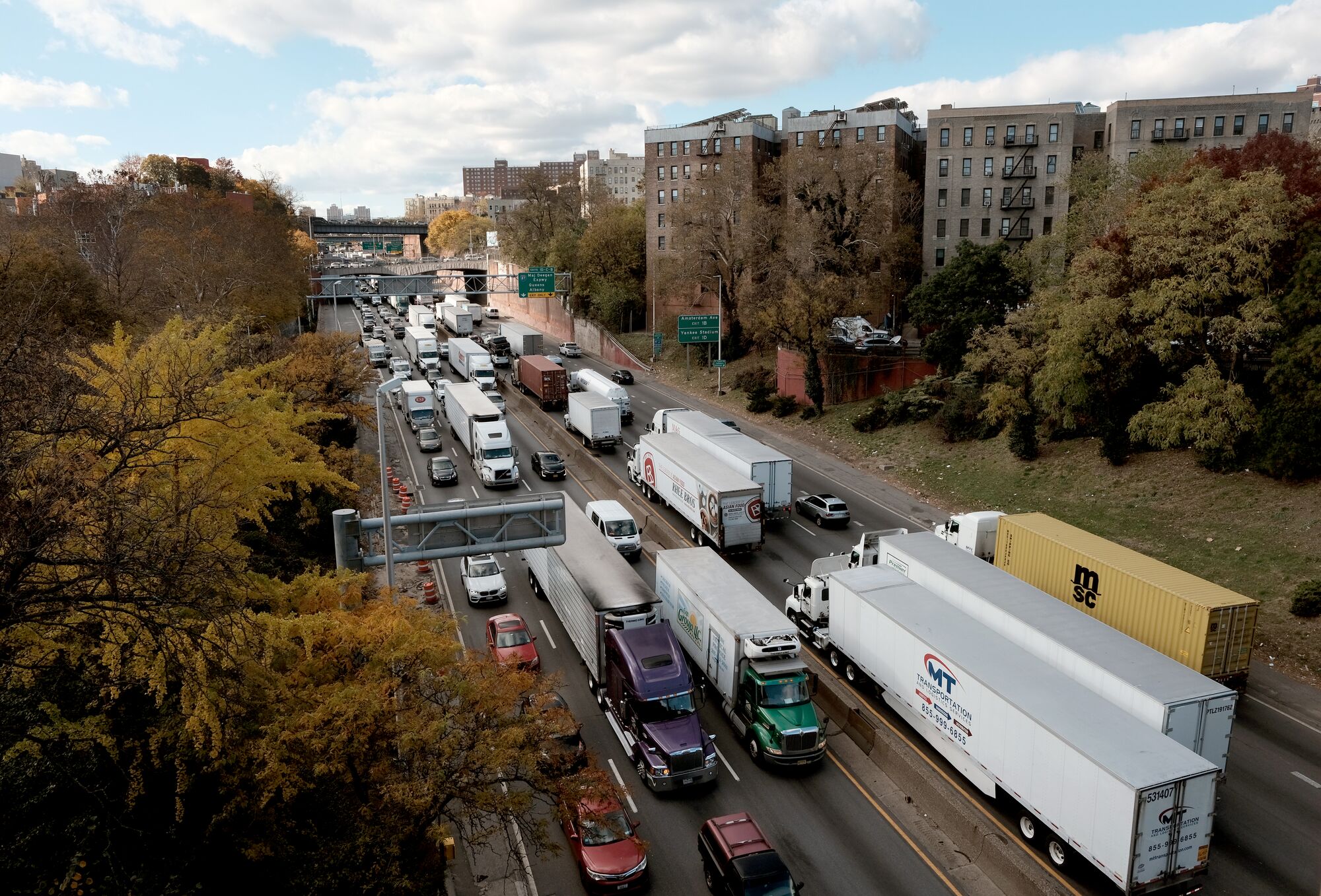
3+ Years
to fix
National Environmental Policy Act
One of our nation’s bedrock environmental laws, the National Environmental Policy Act forces the government to be transparent about decisionmaking, gives communities a voice in project development, and facilitates the construction of better, more resilient projects.
Harm under the Trump administration
The Trump administration gutted the National Environmental Policy Act, eviscerating the law’s public engagement process, making changes to fast-track the construction of dangerous fossil fuel projects, and allowing federal agencies to approve large projects without taking into account climate concerns.
What Earthjustice did: Earthjustice and the Western Environmental Law Center represented 20 organizations challenging the Trump administration’s National Environmental Policy Act regulations.
What happened under the Biden administration
President Biden reversed the most damaging parts of the Trump administration’s changes. The new regulations require federal agencies to consider climate and environmental justice impacts in their National Environmental Policy Act analyses and mandate meaningful, early consultation with impacted communities, including Tribes.
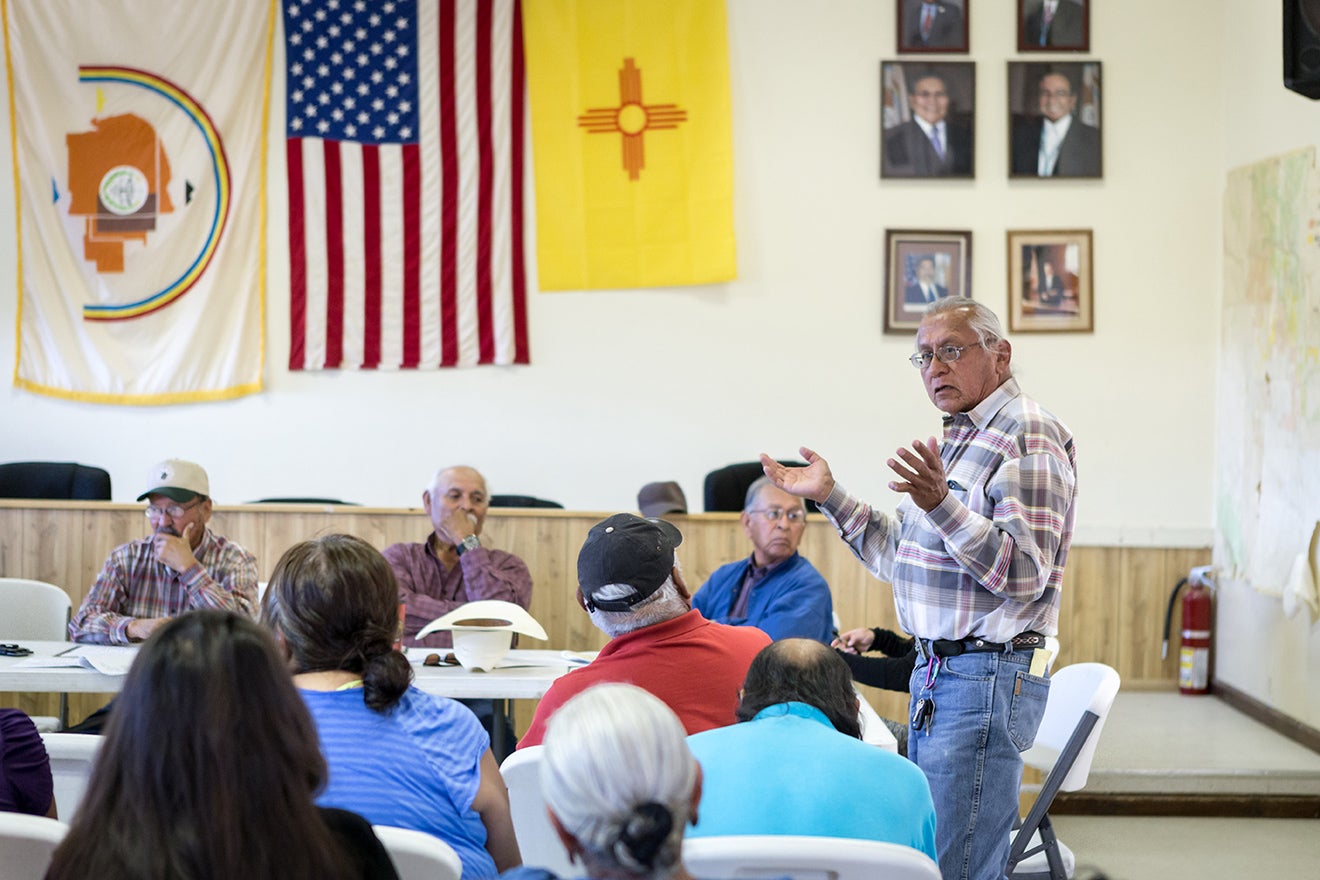
4 Years
to fix
Paris Agreement
The Trump administration’s actions undermined U.S. climate leadership on the world stage, and after the announcement, U.S. emissions reductions slowed.
Harm under the Trump administration
The Trump administration announced in 2017 that the U.S. would pull out of the Paris Agreement — the first and only country to do so.
What Earthjustice did: Earthjustice slammed the decision and urged the next president to rejoin the agreement, while continuing our work to accelerate the clean energy transition and meet U.S. climate targets.
What happened under the Biden administration
The Biden administration rejoined the Paris Agreement on its first day in office, and soon after announced a new national target for reducing climate emissions. Now, we’re calling on the administration to stop greenlighting fossil fuel projects that undermine U.S. climate goals.

4 Years
to fix
National Monuments
The evisceration of the Utah monuments was the largest rollback of federal land protections in U.S. history. The attack on Northeast Canyons and Seamounts opened a fragile deep-sea ecosystem in the Atlantic to destructive commercial fishing practices.
Harm under the Trump administration
In December 2017, the Trump administration gutted Bears Ears and Grand Staircase-Escalante National Monuments in Utah. In June 2020, it also rolled back protections of Northeast Canyons and Seamounts Marine National Monument, off the coast of New England.
What Earthjustice did: We immediately sued to defend Bears Ears and Grand Staircase, representing coalitions of conservation groups. We also worked to amplify the voices of five Native American Tribes in their lawsuit to defend Bears Ears.
We participated in the legal fight to defend President Obama’s original proclamation of the Northeast Canyons and Seamounts Marine National Monument from industrial fishing groups.
What happened under the Biden administration
Earthjustice urged the Biden administration to restore the monuments as soon as it entered office. In October 2021, President Biden restored protections to Bears Ears and Grand Staircase-Escalante National Monuments, as well as Northeast Canyons and Seamounts Marine National Monument.

4 Years
to fix
Air Pollution
The Mercury and Air Toxics Standards saves up to 11,000 lives per year by reducing mercury and other air pollution linked to breathing illnesses, heart disease, and cancer. When Trump’s EPA withdrew the standard’s legal foundation, it opened the door for polluters to challenge the Mercury and Air Toxics Standards in court. The coal company Westmoreland Mining Holding did just that.
Harm under the Trump administration
The head of the EPA, a former coal lobbyist, withdrew the finding that it is “appropriate and necessary” to regulate power plants’ hazardous emissions through the Mercury and Air Toxics Standards.
What Earthjustice did: Earthjustice intervened in the Westmoreland suit, defending the Mercury and Air Toxics Standards, which the EPA had adopted after more than two decades of litigation and advocacy by Earthjustice and our partners. We also went to court to challenge the actions of the head of the EPA.
What happened under the Biden administration
The Biden administration reaffirmed the Mercury and Air Toxics Standards’ legal foundation and expanded the rule in 2024.
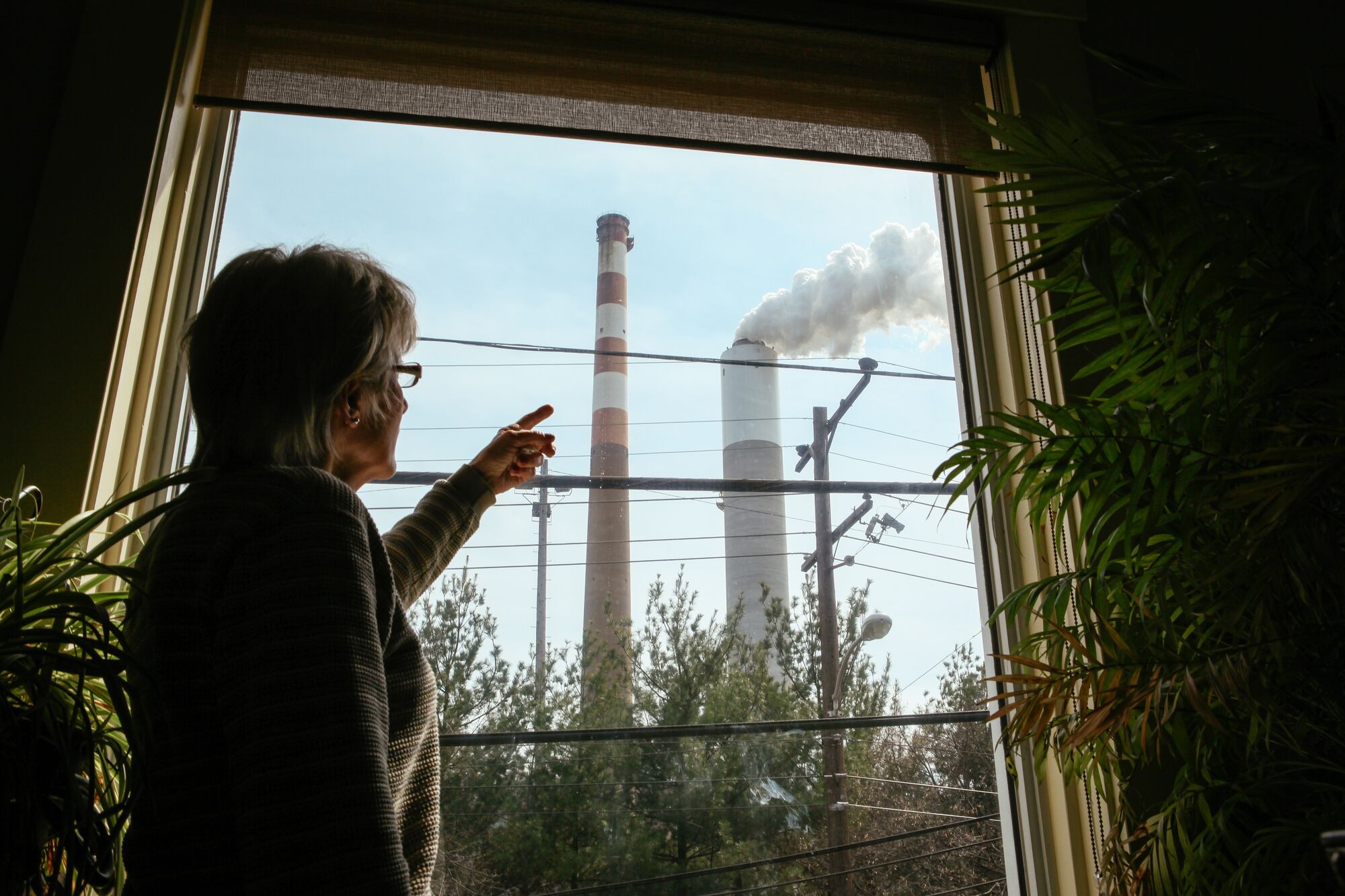
6 Years
to fix
Coal Ash
For decades, utilities have been dumping coal ash in unlined ponds, landfills, and mines where it contaminates our drinking water and harms people’s health.
Harm under the Trump administration
The Trump administration repeatedly sought to weaken protections from hazardous coal ash pollution, violating a court order to strengthen them.
What Earthjustice did: In 2018, following a lawsuit from Earthjustice, the D.C. Circuit Court of Appeals ordered EPA to increase protections for nearly 750 coal ash waste sites. Earthjustice also filed a lawsuit to challenge the Trump EPA’s weakening of wastewater standards meant to protect people from water contaminated by coal ash.
What happened under the Biden administration
The Biden administration recently finalized rules to clean up hundreds of coal ash dumps and curb toxic wastewater. Now, it’s time for the EPA to enforce the regulations.
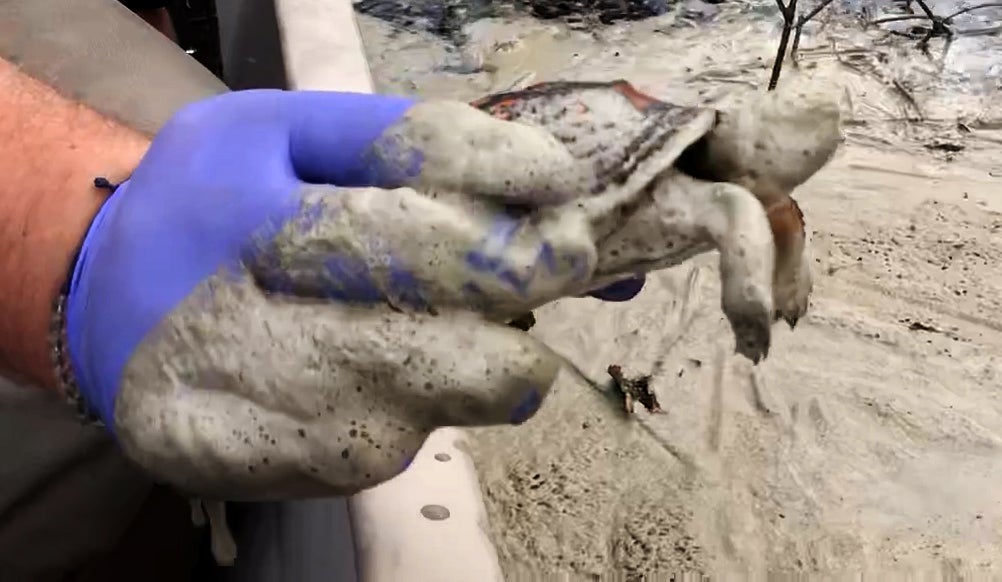
7 Years
to fix
Attacks on Science
Our government relies on accurate science and data to inform policies that protect people from health and environmental harms.
Harm under the Trump administration
The Trump administration removed independent scientific advisors, interfered with climate reports and expert testimony, and nominated a climate denier and later a coal lobbyist to lead the EPA.
What Earthjustice did: Earthjustice filed a lawsuit in 2017 and won when a court decided the Trump administration had acted illegally by removing independent scientific advisors.
What happened under the Biden administration
Biden's EPA restored experts to these posts. In 2024, the Biden administration took steps to protect federal workers from future hostile administrations.
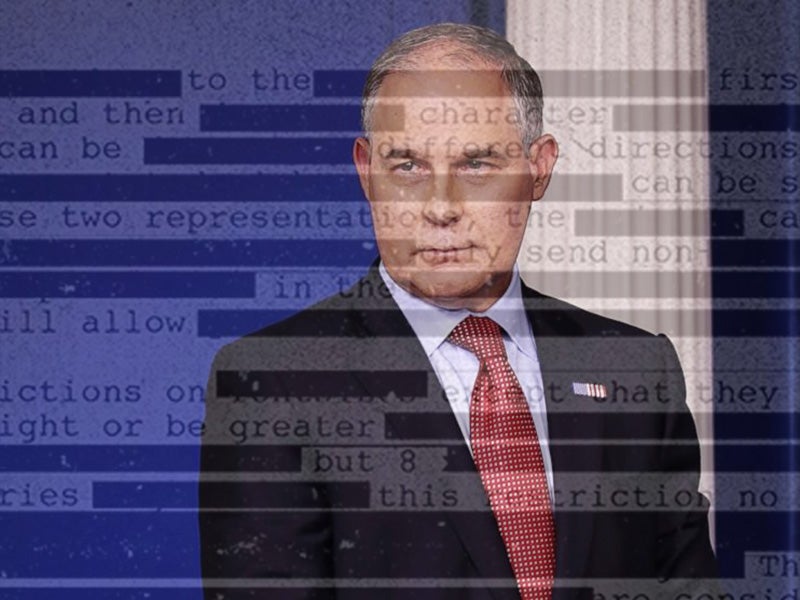
Ongoing
Continued efforts to fix
Toxic Chemicals
The unlawful secrecy of Trump’s EPA violated the Toxic Substances Control Act, which gives the public a right to provide input about new chemicals the EPA is reviewing. Among the chemicals the agency approved without restrictions was a new PFAS, a member of a class of nearly indestructible chemicals linked to birth defects, infertility, and cancer.
Harm under the Trump administration
Trump’s EPA failed to give notice to the public before allowing new, potentially dangerous chemicals to go to market. It also allowed companies to conceal crucial information about chemicals under review, especially health and safety information.
What Earthjustice did: Earthjustice sued the Trump administration for violating the Toxic Substances Control Act. The lawsuit is ongoing.
What happened under the Biden administration
The Toxic Substances Control Act is still not fully enforced, though the Biden administration is improving PFAS regulations for drinking water. Join us in urging the administration to protect people and the environment, not chemical company profits.

Ongoing
Continued efforts to fix
Lead Exposure
There is no safe level of lead exposure for children, according to the Centers for Disease Control and Prevention. Even in small amounts, lead can cause irreversible brain damage in children, learning disabilities, and impaired hearing.
Harm under the Trump administration
In 2019, the Trump administration set lax standards for lead in dust from deteriorating paint, allowing dangerous levels of lead in older housing, schools, and daycares. In 2020, the Trump administration weakened the Lead and Copper Rule, which was intended to protect communities from lead in drinking water.
What Earthjustice did: Earthjustice quickly challenged both rules in court. The 9th Circuit ordered the EPA to reconsider the lead dust hazard standard. In 2022, the EPA filed a court motion promising to improve the Lead and Copper Rule.
What happened under the Biden administration
Thanks to our lawsuits, throughout 2023, the Biden administration took multiple positive steps toward strengthening standards that regulate common sources of lead poisoning, including paint and dust, water, residential soil, and aviation fuel. However, there is still more work to do to protect children and communities from lead poisoning. Help us urge the Biden administration to ban lead wheel weights, a major source of lead exposure.
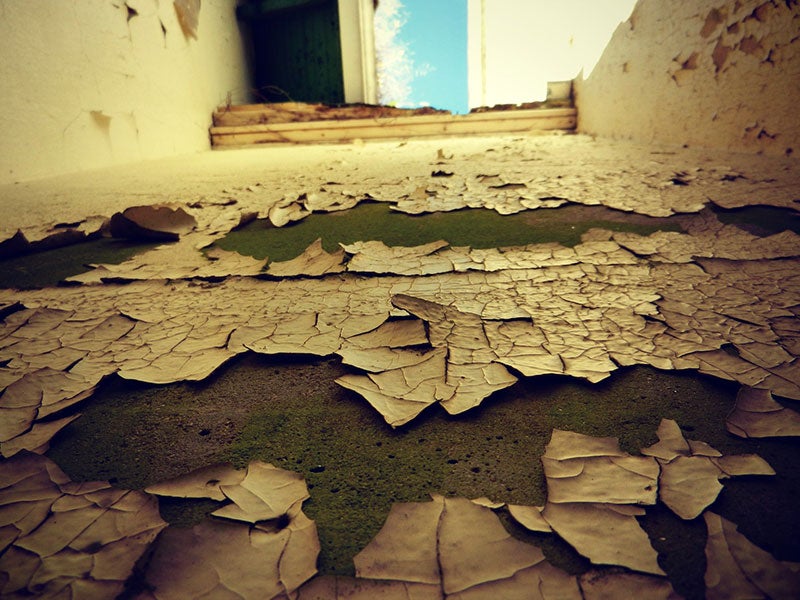
Ongoing
Continued efforts to fix
Endangered Species Act
A bedrock environmental law, the Endangered Species Act is our nation’s best defense against the biodiversity crisis. Rather than protecting wildlife, the Trump administration’s regulatory rewrite sought to make protection and recovery of threatened and endangered species harder and less predictable. Delisting of grizzlies threatened to usher in a new era of state-sponsored trophy hunting that would further isolate remaining populations.
Harm under the Trump administration
In 2017, the Trump administration removed the Yellowstone-region grizzly bear population from the federal endangered species list. Two years later, the administration went after the Endangered Species Act itself with a rewrite of key regulations.
What Earthjustice did: Earthjustice went to court to restore the Endangered Species Act and continued working with coalition partners to defend the law and to protect specific threatened and endangered species that came under attack, such as Yellowstone grizzly bears, through litigation and advocacy. One of our cases overturned the grizzly delisting decision and another sent the government back to the drawing board to revise the Trump administration’s Endangered Species Act regulations.
What happened under the Biden administration
In March 2024, the Biden administration finalized a set of revised Endangered Species Act regulations that restored many key provisions — but failed to reverse some of the Trump administration’s prior damage to the law. Meanwhile, Wyoming, and Montana have petitions to delist regional key grizzly bear populations, a decision that now sits with the U.S. Fish and Wildlife Service.
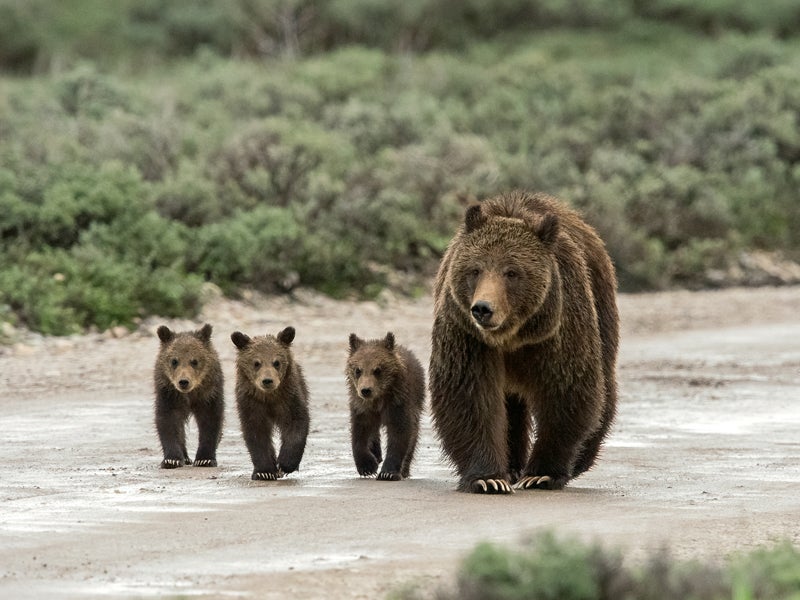
Ongoing
Continued efforts to fix
Oil and Gas Extraction on Public Lands
Fossil fuel extraction on U.S. public lands and waters accounts for around 25% of federal greenhouse gas emissions, making it a major driver of the climate crisis. The Trump administration’s program of rampant fossil-fuel extraction heightened the risks this crisis poses to communities, wildlife, and future generations.
Harm under the Trump administration
The Trump administration overturned a moratorium on coal leasing on public lands, advanced a dangerous agenda of drilling for oil and gas in Alaska’s Arctic, auctioned off tens of millions of acres in U.S. waters in the Gulf of Mexico for offshore drilling, and leased millions of acres of public lands to the oil and gas companies throughout the southwestern and western U.S.
What Earthjustice did: Earthjustice challenged the Trump administration’s aggressive fossil-fuel extraction program at every turn, filing litigation to block Arctic oil projects, halt massive lease sales in the Gulf of Mexico, and defend public lands. Our court wins included a major victory in which a federal judge affirmed a permanent ban against Arctic offshore drilling, protecting 128 million acres of ocean, and a decision that protected sage grouse habitat on lands threatened by oil and gas drilling.
What happened under the Biden administration
The Biden administration reduced or ended many practices that Earthjustice had challenged in court. It limited coal leasing and offshore drilling, cancelled oil leases in the Arctic National Wildlife Refuge, and established new safeguards for the Western Arctic. However, the administration also granted approval for a major oil-drilling project in Alaska’s Arctic that will result in decades of greenhouse gas emissions and accelerate the climate crisis. Tell the Biden administration to align fossil-fuel decisions on public lands and waters with our commitments to tackle climate change.
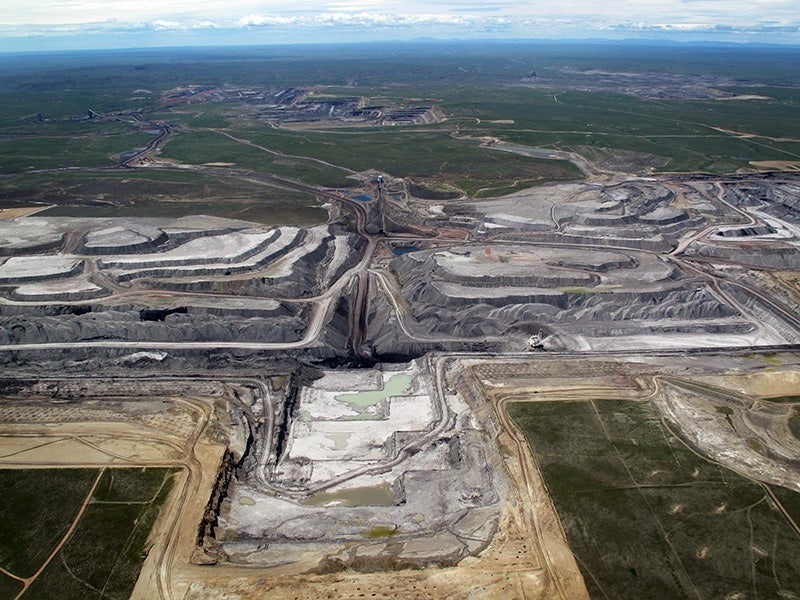
Ongoing
Continued efforts
Judicial Nominees
Our environmental laws are only as strong as the judges that uphold them. Under the Supreme Court’s new supermajority, the justices have significantly curtailed the ability of the EPA to regulate greenhouse gas emissions at power plants, weakened the Clean Water Act, and overturned longstanding precedent.
Harm under the Trump administration
With help from Senate Majority Leader Mitch McConnell, Trump was able to confirm more than 220 federal judges in four years — most notably three Supreme Court Justices. Trump officials openly admitted that they gave organizations like the Federalist Society enormous influence over these appointments, which meant that Trump’s nominees are unusually young, conservative, and sympathetic to lawsuits aimed at limiting the government’s power to regulate in the public interest.
What Earthjustice did: Earthjustice loudly decried the Trump administration’s most egregious nominees and urged senators to oppose their confirmation.
What happened under the Biden administration
The Biden administration has confirmed more than 200 judges to help bring balance to the federal courts. These confirmations include a record-setting number of judges from underrepresented groups, with approximately two-thirds being women and two-thirds being people of color. Notably, President Biden appointed Ketanji Brown Jackson as a Supreme Court Justice, making her the first Black woman to serve in that position.

Earthjustice is a nonprofit in the business of building a better future. We’re here because the earth needs a good lawyer.
Media Inquiries: media@earthjustice.org
About Earthjustice: Founded in 1971, Earthjustice has saved irreplaceable wildlands, cleaned up the air we breathe, and fueled the rise of 100% clean energy. We have protected countless species on the brink of extinction, and secured long-overdue, historic limits on our nation’s worst polluting industries. Behind nearly every major environmental win, you’ll find Earthjustice.
